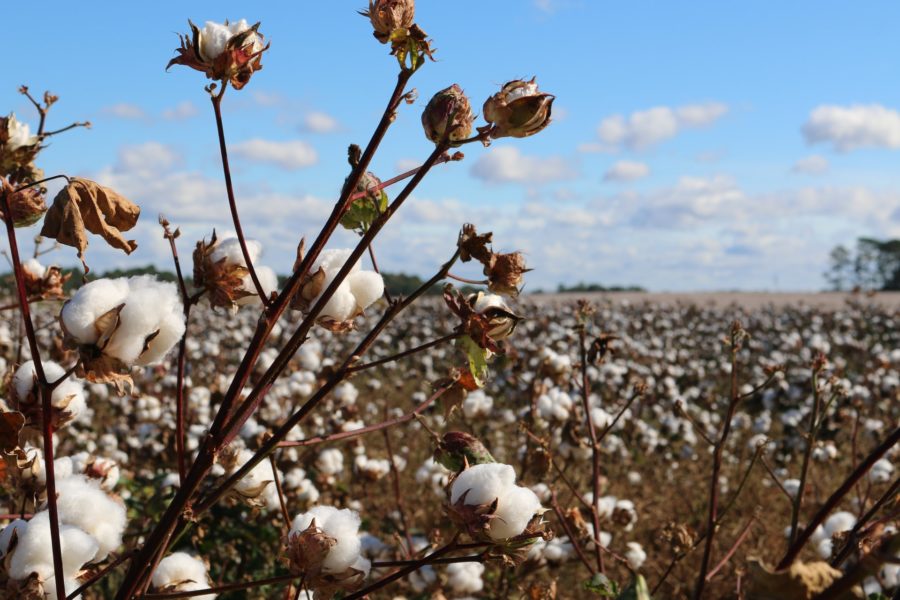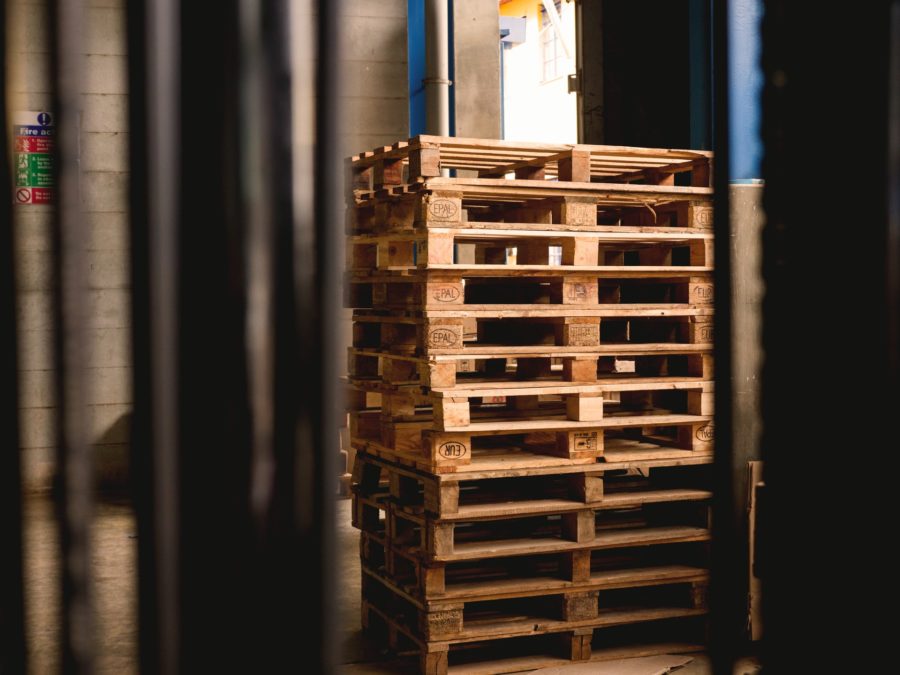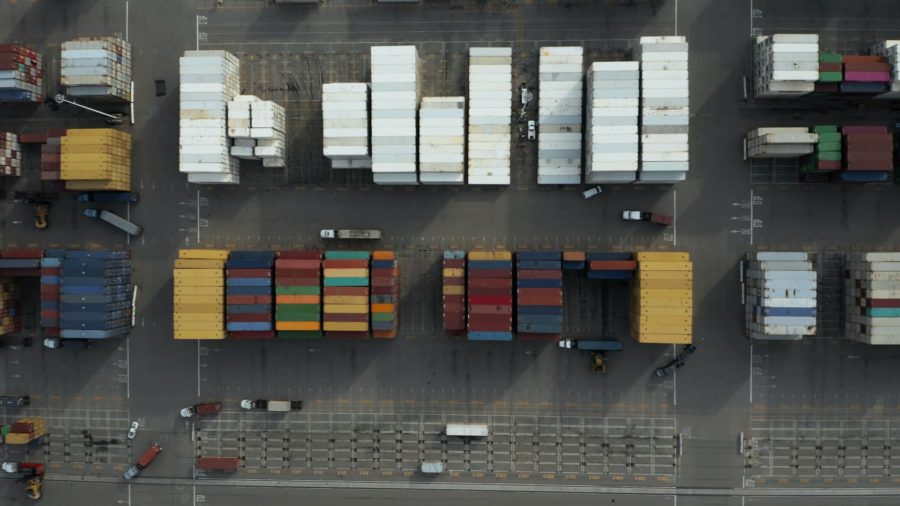News
Sign up for recent trade news that can affect your business:

On June 10, 2019, new OGD extensions for organic fresh fruits and vegetables were implemented in the Automated Import Reference System (AIRS) database. The AIRS database shows the import requirements for Canadian Food Inspection Agency (CFIA) regulated commodities.
The list of new OGD extensions was shared on May 22, 2019 with stakeholders prior to the AIRS publication. The list can be viewed here.
On October 1, 2020, the AIRS database will be updated to reflect the Organic Certificate (Registration type #68 ) admissibility requirements. Importers of fresh fruits and vegetables will be required to submit a digital copy of organic product certificate, when declaring organic products online using the Integrated Import Declaration (IID).
For information on how this affects your business, please reach out to Carson.

The U.S. Trade Representative’s office said today it’s poised to drop tariffs on Canadian aluminum imports — just hours before Canada was set to unveil counter-measures in retaliation.
A statement from the USTR said that after consultations with the Canadian government, the U.S. has determined that trade is expected to “normalize” in the last four months of the year, declining after “surges” experienced earlier in the year.
“Accordingly, the United States will modify the terms of the 10 per cent tariff imposed in August on imports of Canadian non-alloyed unwrought aluminum,” the statement reads.
The USTR’s statement lays out shipment volumes for each of those four months, which will be monitored to ensure they aren’t exceeded. If they do, the U.S. expects that imports would decline by a corresponding amount the following month.
The tariffs could be re-imposed if shipment volumes exceed 105 per cent of the stated volumes, it said.
The government had said during the summer that unless the U.S. dropped its latest round of aluminum tariffs, Canada would impose $3.6 billion in counter-measures.
Canada was responding to a 10 per cent tariff announced by President Donald Trump in August, a move that hit more than half of Canada’s aluminum exports to the U.S.
Click here to read the statement from the USTR.
(Source: CBC News)

On September 3, we hosted a webinar in partnership with Miller Thomson LLP about risk minimization, including a special section on aluminum tariffs.
In case you weren’t able to join us — or just need a refresher — follow the link below to access the presentation and webinar recording.
Please feel free to reach out to Carson at any time if you have any questions.

As of August 14, 2020, The Canada Border Services Agency, pursuant to subsection 31(1) of the Special Import Measures Act has initiated an investigation to determine whether certain wheat gluten from Australia, Austria, Belgium, France, Germany and Lithuania is being sold at unfair prices in Canada.
The investigation is the result of a complaint filed by ADM Agri-Industries Co. located in Candiac, Quebec, and is supported by Permolex Ltd. The complainant alleges that the Canadian industry is facing an increase in the volume of the allegedly dumped imports, suppression of market share, lost sales, price undercutting, price depression, price suppression, accumulation of inventories, threats to investment plans, negative impacts on the ability to raise capital, impacted financial results and declines in employment wages and a reduction in hours worked.
For the purpose of this investigation, subject goods are defined as:
Wheat gluten, whether or not blended with wheat flour, salt or any other substance, with a minimum wheat protein content of 40% by weight on a dry basis calculated using a Jones factor of 5.7, originating in or exported from Australia, Austria, Belgium, France, Germany and Lithuania, but excluding:
The allegedly dumped goods are normally classified under the following tariff classification numbers:
The listing of tariff classification numbers is for convenience of reference only. The tariff classification numbers include non‑subject goods. Additionally, subject goods may fall under tariff classification numbers that are not listed. Refer to the product definition for authoritative details regarding the subject goods.
If you have any questions regarding the alleged dumping of Wheat Gluten, please contact our Trade Advisory group at tradeadvisory@carson.ca.

The United States will move to block imports of cotton from western China’s Xinjiang region over allegations that it is produced with forced labour. The Trump administration has put a spotlight on China over its treatment of Xinjiang’s Uighur Muslim population. The United Nations has said it has credible reports that 1 million Muslims have been detained in camps in the region, where they are put to work.
The “Withhold Release Order” allows U.S. Customs and Border Protection to detain shipments based on suspicion of forced labour involvement under longstanding U.S. laws aimed at combating human trafficking, child labour and other human rights abuses.
Xinjiang accounts for 85% of Chinese cotton production. The U.S. imported about $50 billion worth of textiles and clothing from China last year, and Uighur cotton, yarn and fabric is used by other countries such as Vietnam, Indonesia, Cambodia, Bangladesh and Sri Lanka to make clothing.
China denies mistreatment of the Uighurs and says the camps are vocational training centres needed to fight extremism.
(Source: Politico)

When the COVID-19 pandemic hit Canada and the longest international border in the world between two countries closed to non-essential travel, export traffic going south to the United States actually increased from some Canadian exporters.
Shipments doubled or tripled from certain sectors in the immediate aftermath of the border restrictions, says Dave Stone, manager of pricing and operations at Langley, B.C.-based Focus West Logistics, which helps companies ship goods across North America.
“Surprisingly, we saw an increase in volume and business picked up, mainly due to companies panic-shipping,” says Mr. Stone. “You have companies that maybe are shipping one truckload a month thinking, ‘Is the border going to close next month? We better ship three truckloads.’ They were trying to move as much over the border to their customers as possible and stockpile.”
The pandemic has highlighted both the strength of Canada’s trade relationship with its neighbour to the south, and the need to diversify markets.
Canadian exports saw a sharp decline in the first few months of the pandemic. Overall, Canadian merchandise exports decreased to $105.7-billion in the second quarter from $140.4-billion in the first quarter of 2020 – a nearly 25-per-cent decline, according to Statistics Canada.
But exports rebounded in June, due largely to an increase in shipments to the U.S., which were up 21.8 per cent to $27.5-billion from $23.2-billion in May. For comparison, exports to all other countries in June amounted to $12.2-billion, according to Statistics Canada.
And while exports of energy products, including oil, gas and electricity, and motor vehicles and parts declined over the quarter, exports of food products from both agriculture and fisheries actually increased.
Demand has returned to normal, for the most part, but for many countries the pandemic has highlighted that they are very reliant on trade for their food supply. In the longer term, that may impact Canada’s agricultural exports.
Canadian Manufacturers and Exporters (CME) is working with the federal government to help facilitate trade with Europe and Asia, but Canada is competing with countries that are, under normal circumstances, as competitive and probably more productive.
Canada will likely see a high, single-digit drop in manufacturing output this year, so the North American trade agreement and its most important trading partners the U.S. and Mexico, should remain the focus right now.
(Source: The Globe and Mail)

The U.S. government of Donald Trump has launched a trade investigation to assess the impact of Canada’s worldwide lobster exports on the U.S. lobster industry.
On Aug. 24, the United States International Trade Commission announced it will investigate the possible negative effects of the Canada-Europe Trade Agreement (CETA) on American lobster exports.
The investigation was requested by U.S. Trade Representative Robert Lighthizer. The investigation will also examine tariff treatment of Canadian lobster in the United Kingdom, China and other countries.
The trade investigation was launched three days after the European Union eliminated an eight per cent tariff on U.S. lobster, sweeping away an advantage enjoyed by Canadian fishermen under CETA.
It was a major win for Maine’s lobster industry and for Trump, who had demanded European tariff relief two months earlier. Trump visited Maine in June, where he held a roundtable with the fishing industry and announced he was reopening the Northeast Canyons and Seamounts Marine National Monument off the New England coast to commercial fishing.
Last week, a Maine lobster fisherman was a featured speaker at the Republican National Convention, where Jason Joyce praised the removal of the European tariff and Trump’s decision to reverse the Obama administration protection for the seamounts.
A one-year trade deal with China eliminated a 35 per cent tariff on U.S. lobsters imposed during a trade war between the countries.
Lobster fishermen and exporters in Nova Scotia were beneficiaries as Canadian shipments to China soared to fill the void.
The trade commission’s findings will be released in January, but not before a public hearing is held Oct. 1 — about a month before the U.S. election.
(Source: CBC News Nova Scotia)

A World Trade Organization panel has ruled mainly in Canada’s favour and against the United States in the long-running dispute between the two countries over pricing, shipments and alleged subsidies of softwood lumber.
The WTO dispute-resolution panel’s decision, issued August 24, drew praise from Canadian government and timber industry officials but a sharp rebuke from U.S. Trade Representative Robert Lighthizer and a blast of criticism from a U.S. lumber industry group.
Softwood lumber is an important material in housing construction.
Mary Ng, Canada’s minister of small business, export promotion and international trade, hailed the WTO panel’s decision, which was initiated in 2018 by her country’s government, challenging U.S. tariffs on Canadian softwood lumber.
Ng called on the U.S. to end the duties it imposed on Canadian lumber exports in 2017. She said in a statement, “Canada remains unequivocal: U.S. duties on Canadian softwood lumber are completely unwarranted and unfair. This decision confirms that.”
Ng denied U.S. claims that Canada subsidizes its lumber industry.
Lighthizer shows no signs of relenting, however. He said in a statement, “This flawed report confirms what the United States has been saying for years: the WTO dispute settlement system is being used to shield non-market practices and harm U.S. interests.”
Jason Brochu, the lumber coalition’s co-chair, noted that the WTO ruling isn’t binding on the U.S.
The WTO ruling and the two countries’ sharply divergent reactions to it come as lumber prices in the U.S. have soared by more than 130% since mid-April, according to the National Association of Home Builders. The reasons include a rise in home-building and DIYs increased interest in home improvement projects as COVID-19 kept many at home.
The WTO panel, among other things, found fault with the factors the U.S. used to determine Canadian stumpage — payments by companies to provincial governments for harvesting timber on government land—and thus to calculate the tariff levels.
Click here to read a summary of the WTO’s panel report.
(Source: Engineering News-Record)

The USTR has updated the list of excluded products from the administration’s Section 301 List 4A tariffs.
The limited round of exclusions includes contains one subheading (thermal transfer printers of HTS 8443.32.1050) that is fully excluded, plus the following nine specific products:
Given these exclusions will be expiring very soon, requests to help the USTR determine whether they should be extended beyond September 1, 2020 should be made immediately. This can be done by using the USTR online portal (docket number USTR-2020-0031) here.

Non-Resident Importer Program Free Webinar Recording
On August 20, 2020 we hosted a webinar in partnership with Miller Thomson LLP for non-resident importers. The webinar provides an overview of the program and details tips to help your business and traps to avoid. Some of the topics we cover in this webinar include:
In case you weren’t able to join us — or just need a refresher — follow the link below to access the presentation and webinar recording.
Please feel free to reach out to Carson at any time if you are a non-resident importer and need trade guidance.